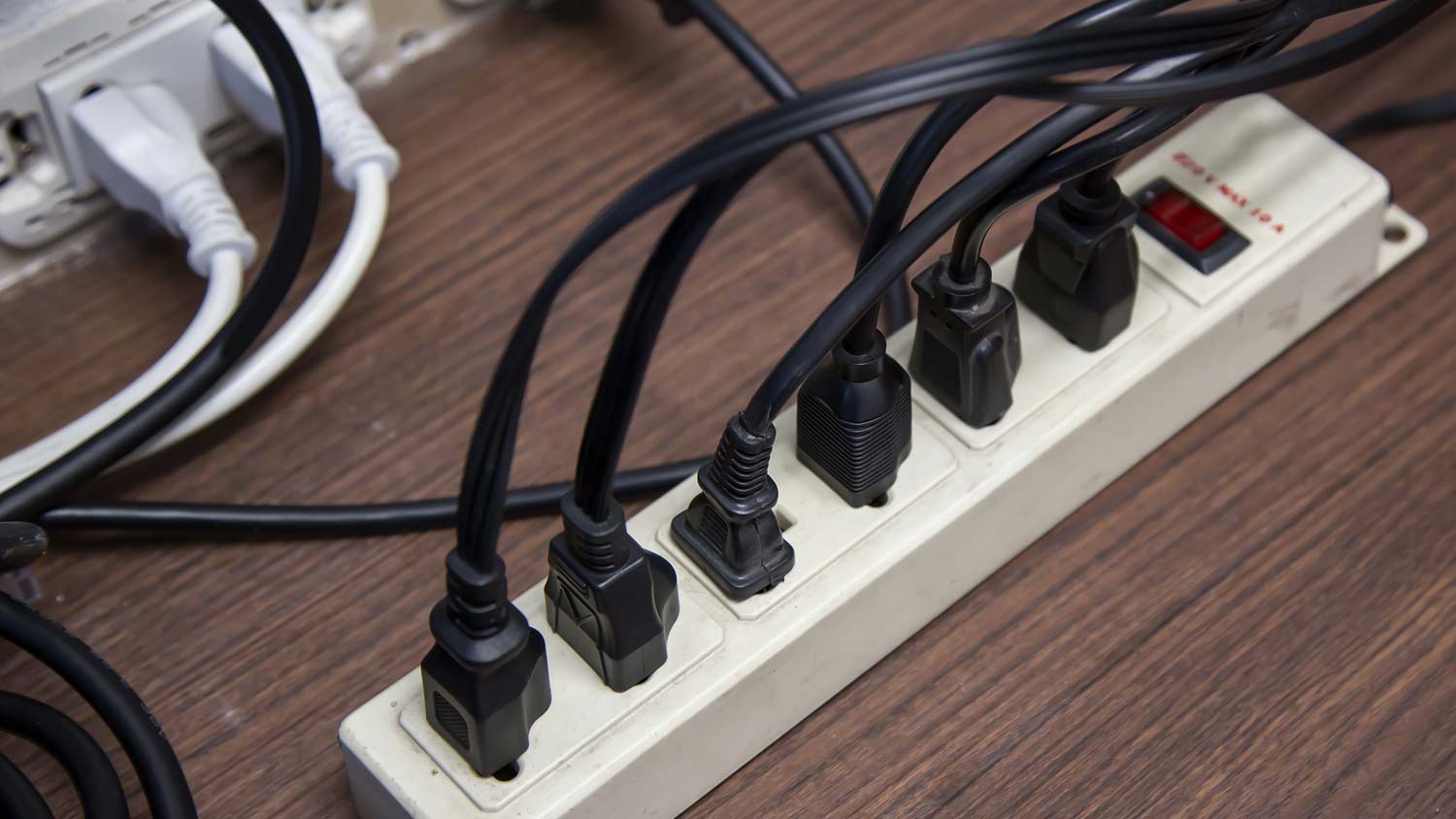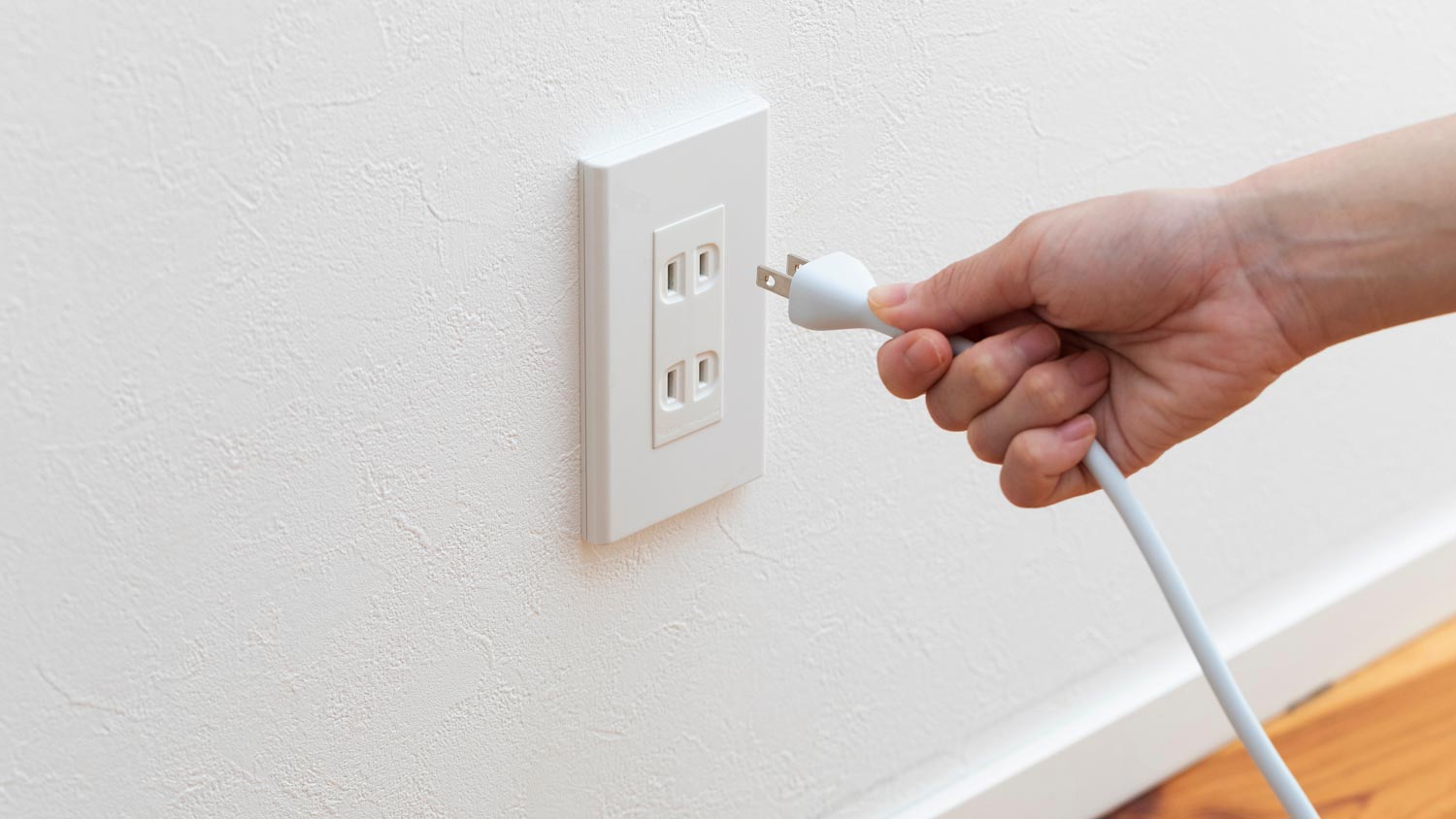
How much does rewire house cost in Columbus? Learn the major factors that impact the price and how it can help increase your home's value.
Unplug everything in the outlet, then read this guide


Hot outlets can be a fire hazard, but some issues can be resolved easily.
Common electrical system problems include overloaded circuits or faulty outlets.
Sometimes, the issue is with an appliance, plug, or power strip.
If you can’t identify the problem, call an electrician.
A warm outlet isn’t always cause for concern, but a hot one is. Those wondering why is my outlet hot? can do some basic troubleshooting to identify whether the issue is in their electrical system or the device plugged into the outlet. Start by turning off the circuit breaker connected to the outlet. Then, unplug everything in the outlet and allow things to cool down for a few hours.
If the outlet isn’t hot after you take these steps, you may be able to fix the problem without calling a professional. But if the outlet remains hot for hours with nothing plugged in, call an electrician immediately, as this means there is an issue in the circuit or the outlet. In case a fire starts, have a C-rated fire extinguisher or a box of baking soda on hand to smother the flames (avoid using water to extinguish an electrical fire). Our guide below explains some of the common causes of a hot outlet.
When too many items drain too much power from the same circuit, it can overload. Outlets with a Ground-Fault Circuit Interrupter (GFCI), like those found in bathrooms and newer homes, typically don’t have these issues since they are designed to shut off when overloaded.
If an overloaded circuit is left alone, it will usually trip the circuit breaker or blow the fuse. When your circuit breaker is repeatedly tripped, an overloaded circuit is to blame. Overloaded outlets can even heat up when nothing is plugged in because the circuit may still be overloaded in other areas. When this happens, try turning off the circuit breaker and unplugging devices in nearby outlets to see if that helps the problem.
You may be able to fix this issue yourself by moving some items to outlets on other circuits. If this doesn’t help, or if the outlet continues to overheat with only a handful of devices plugged in, call a local electrician, as you may need to have your circuit breaker or electrical panel replaced. You may even need to upgrade your entire electrical system if it is outdated and not 220-volts.

If your outlet worked with fewer items plugged in, you might want to look at what you plugged into it. When too many devices are plugged into a single outlet using a power strip or extension cord, it may draw too much power. Each outlet is only meant to give out a certain amount of amps at once, and you should not exceed 80% of the amperage rating for the circuit in an outlet.
If this is the problem, divide the devices among different circuits. Always avoid daisy-chaining power strips and extension cords, and never plug in more devices (even Christmas lights) than your breakers can handle.
Faulty wiring or loose contacts in an outlet can cause a bad connection when something is plugged in, resulting in excessive energy being sent through the wires without tripping the circuit breaker. If you see sparks when you plug things in or if light bulbs burn out nearly instantly, these could be indications the outlet is causing the problem. A broken outlet that overheats is a significant fire hazard, so call an electrician immediately.
If the outlet is fine most of the time but has issues when one specific device is plugged in, this could be a sign that the device is causing the problem.
This problem may occur because the device’s plug uses a transformer to change the voltage input to the voltage output required by the device. Sometimes, this is because a heavy-duty appliance requires more power than a standard outlet and circuit can provide, and you may need an electrician to install a dedicated circuit or upgraded outlet with a higher amperage.

Sometimes, your outlet only feels hot because the plug inside it is hot. This heat buildup could be because the device or its plug is damaged.
If the plug overheats regardless of what outlet you plug it into, or if you see any damage or fraying on the plug or cord, the problem is the device, not the outlet. This issue can be addressed by an electrician or a repair person specializing in that type of appliance.
From average costs to expert advice, get all the answers you need to get your job done.

How much does rewire house cost in Columbus? Learn the major factors that impact the price and how it can help increase your home's value.

How much does adding an electrical outlet cost in Columbus? Get details on average pricing, permit needs, and what affects the total cost.

Did your HVAC pro recently tell you that you may need a new disconnect? If so, start budgeting for the cost to install an AC disconnect here.

When you want to control one light fixture from two switches—usually at either entrance to a hallway—you’ll need a three-way switch. It’s more complicated than installing a single switch, but an electrician can stall one for you easily.

If your light switch won’t turn off, try these troubleshooting tips to identify the problem before contacting a local electrician.

Learn how to install a coax outlet to save money and clean up the tangle of wires in your entertainment room or living room.